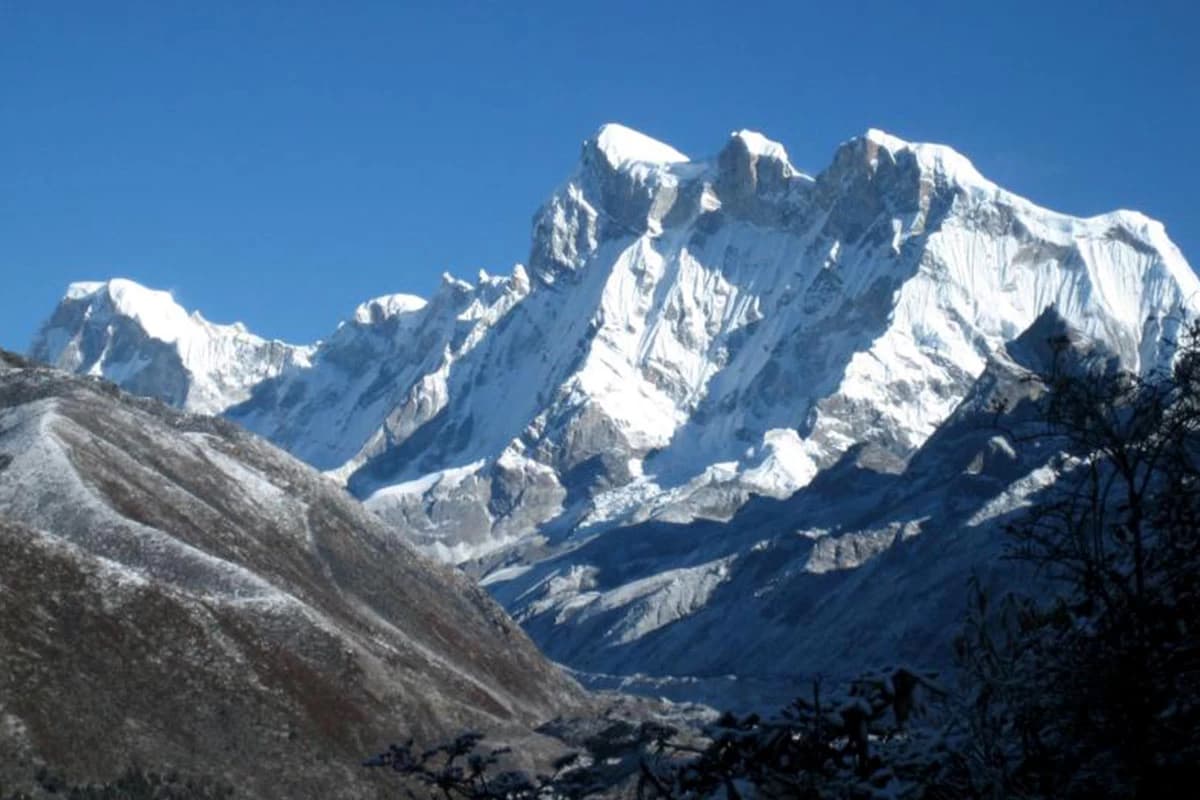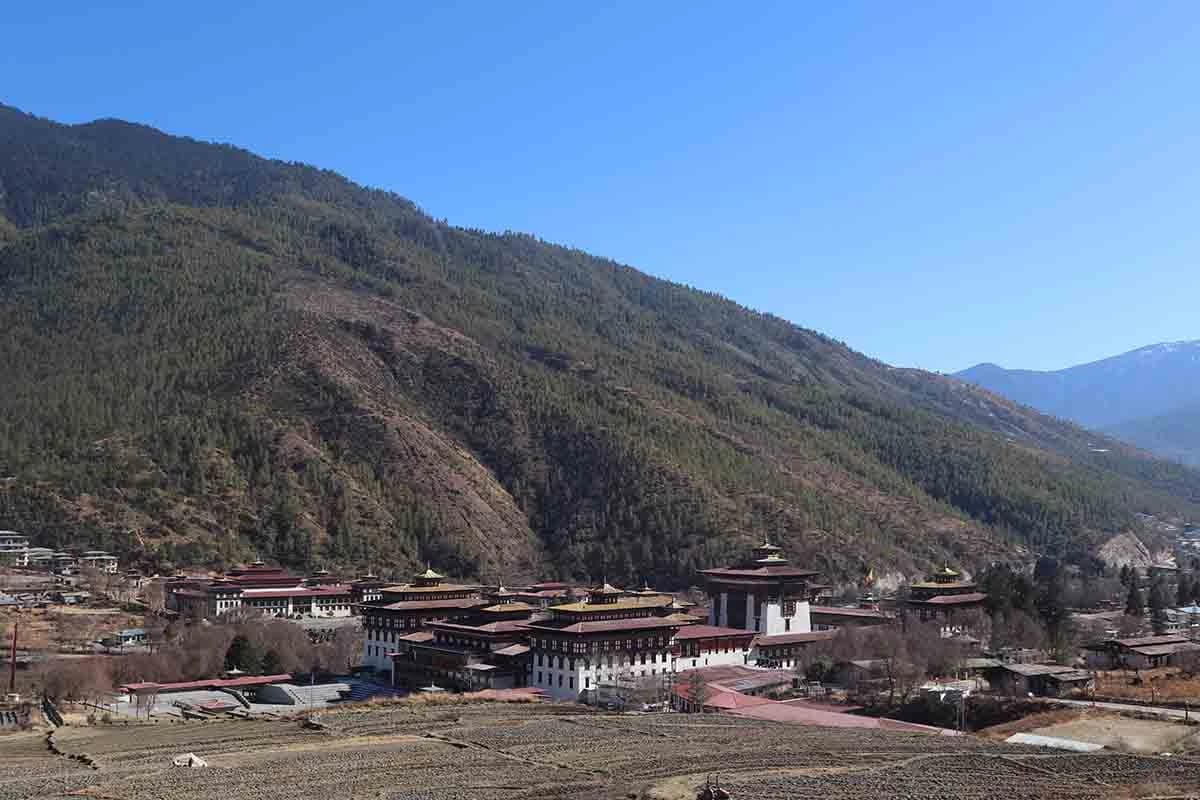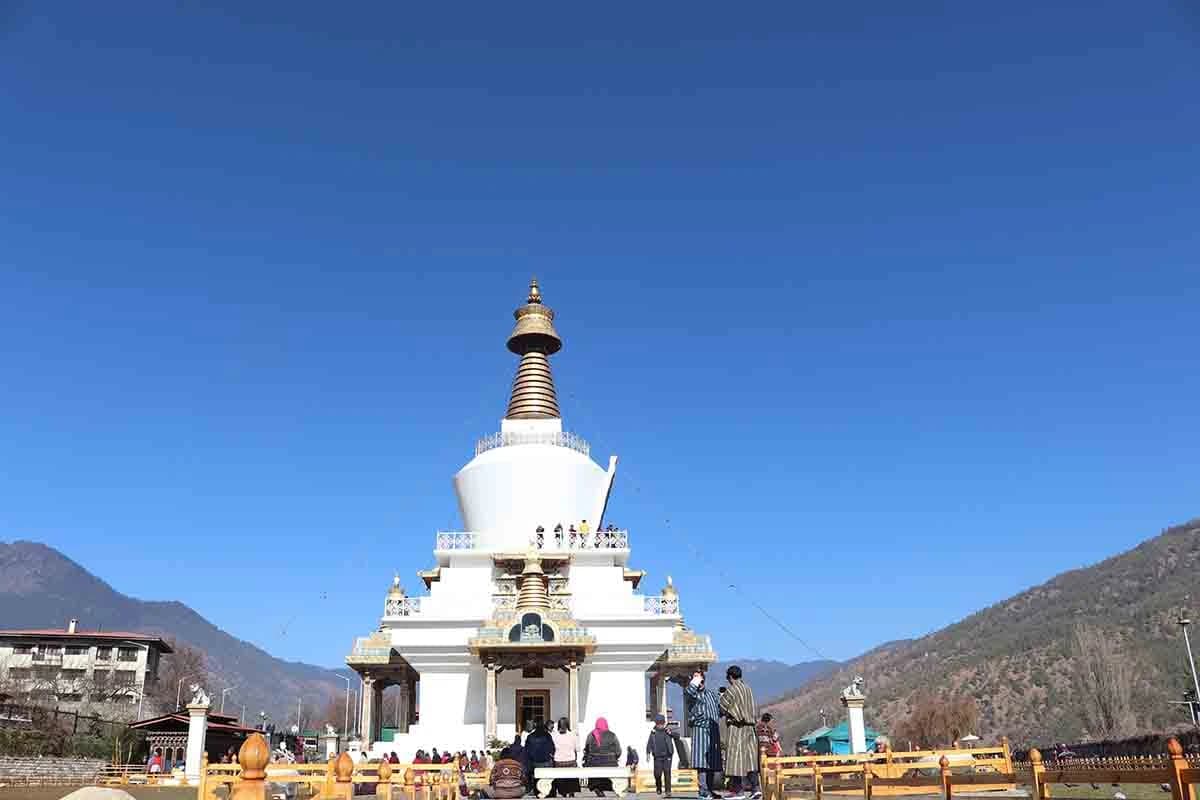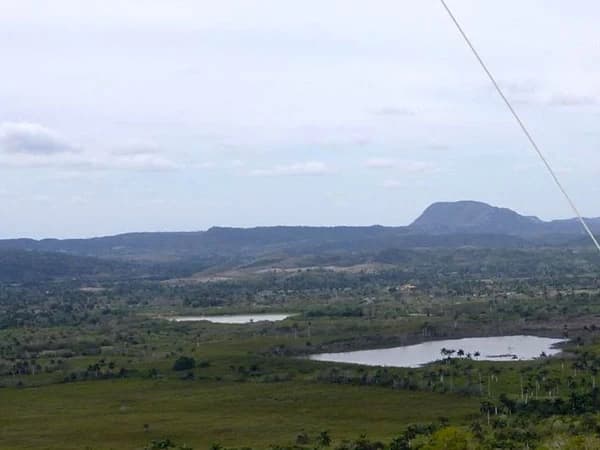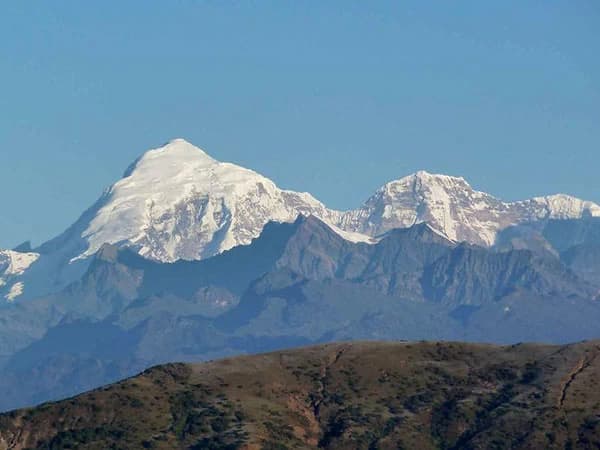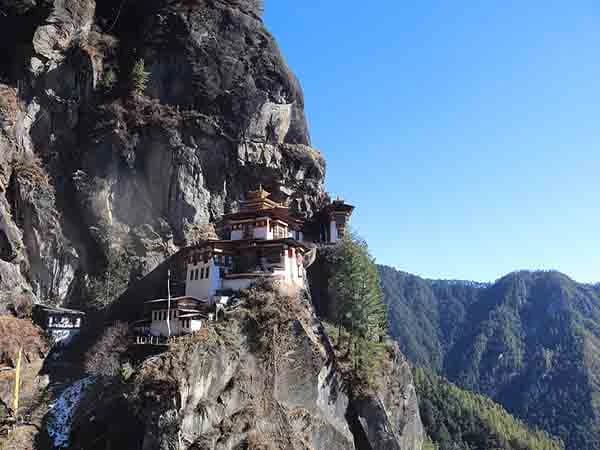Highlights of Bhutan Snowman Trek
- Hike to the famous Taktsang Monastery (Tiger’s Nest Monastery). Stop at the viewpoint and get a stunning view of the monastery. Explore the monastery by visiting Guru Rinpoche’s Cave, the main shrine room, and the butter lamp offering room.
- Cross multiple high-altitude Mountain passes such as Sinche La (5,005m), Jaze La (5,050m), and Gang Rinchen - Zoe La (5,140m). From these passes, you’re treated to amazing panoramic Himalayan views.
- Experience camping like nowhere else. Camp beneath the majestic Mount. Jumolhari, beside a glacial lake and Yak pastures.
- Explore remote-isolated villages and settlements like Laya, Lunana, and Woche where you observe the rural lifestyle of yak herders and interact with locals.
- Enjoy side hikes to scenic sites such as Tsophu Lake and Jichu Drake.
- See serene glacial lakes and sacred sites like Raphstreng Tsho and Um Tsho.
- Spot Bhutan’s exotic wildlife such as Blue Sheep, Takin, Marmots, and Himalayan Griffons.
- Witness a rare view of Gangkhar Puensum(7,570m), the world’s highest unclimbed peak from Gang Rinchen Zoe La Pass.
- Visit cultural sites like the National Memorial Chorten, Simtokha Dzong, and the National Museum in Thimphu and Paro.
Overview of Snowman Trekking
Bhutan Snowman Trek is unlike any other trek you’ve ever experienced before. It’s a 24-day trek through Bhutan’s remote, high-altitude regions, several highest mountain passes, and camping at serene locations.
We’ve curated this Snowman Trek package including several days of sightseeing in Paro, Punakha, and Thimphu which makes a 30-day trip. Your journey begins in Paro. Here you explore the Paro Town and visit various sites such as Drukgyel Dzong and Ta-Dzong. You also hike to Tiger’s Nest Monastery(Taktsang Monastery).
Then, the adventure begins! Day 4 of your trip marks the beginning of your Snowman trek. The trek starts from Drukgyel and continues with a series of challenging yet rewarding days.
As you trek through rough terrain and valleys you’ll pass by villages like Lingshi, Chebisa, and Jangothang where you’ll camp surrounded by mountain views and amazing landscapes. You’ll cross 7 major high-altitude passes. Some of the key passes on this trek are above 5,000 meters and are very challenging. These are:
- Sinche La Pass (5,005m)
- Jaze La Pass (5,050m)
- Gang Rinchen Zoe La Pass (5,140m)
- Karchung La Pass (5,120m)
- Loju La Pass (4,940m)
- Tsomola Pass (4,780m)
- Tampela Pass (4,580m)
There are a total of seven major high-altitude passes to cross on this trek and all of them have breathtaking views of the Himalayas and the valleys.
The trek ends with a descent into the lower valleys, you’ll pass by Wangdue Phodrang and visit cultural sites like Chimi Lhakhang and Punakha Dzong. After the final day of the trek, you’ll drive to Thimphu and visit the National Memorial Chorten and Simtokha Dzong. The trip ends with your transfer to Paro for your departure.
Not to mention, the Snowman Trek is one of the toughest treks in the world because of its high-altitude mountain passes and long days of trekking through the remote areas of Bhutan. This trek is for those who are seasoned trekkers with good fitness. To ensure your safety and comfort throughout the journey, we Dream Tibet have included the following services in this package:
- We provide comfortable camping with 2-man sleeping tents which include air mattresses, pillows, and carpeted floors. In addition, we also offer, dining and kitchen tents, toilet tents with pots, and shower tents. Most importantly, we provide experienced guides and trekking staff.
Snowman Trek is a once-in-a-lifetime experience for those looking for a truly extraordinary adventure.
